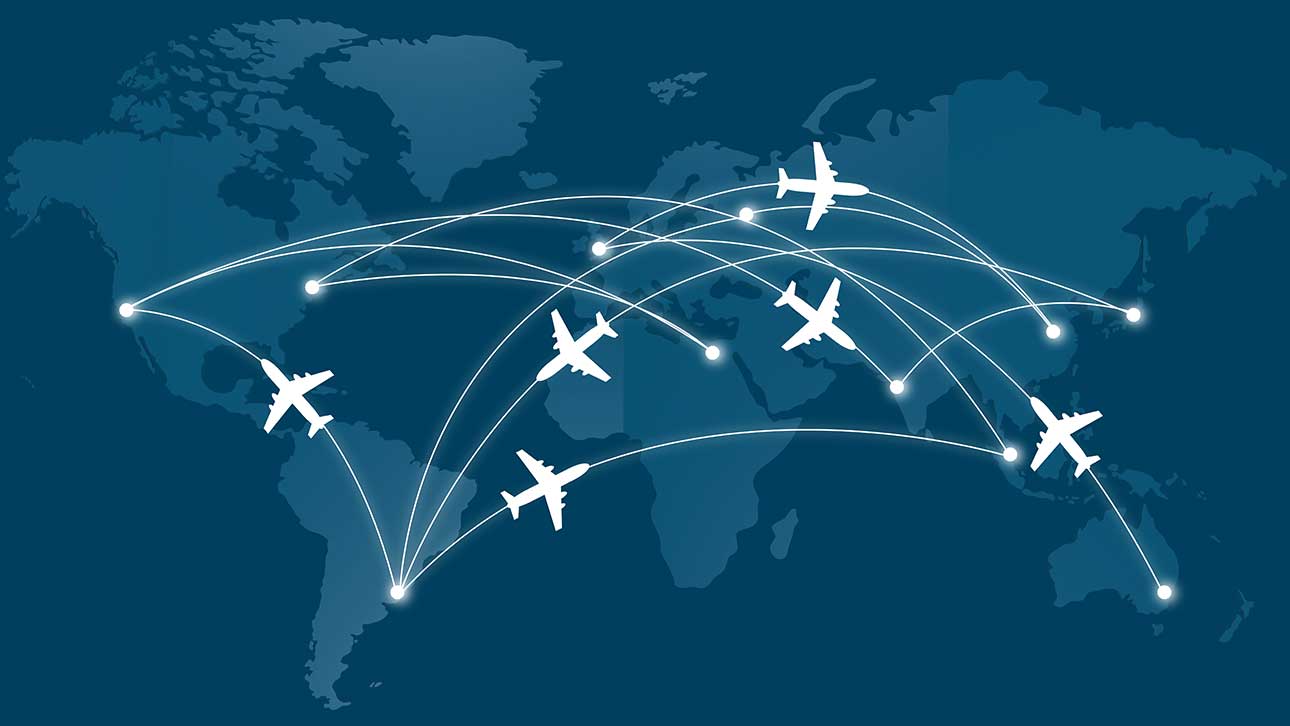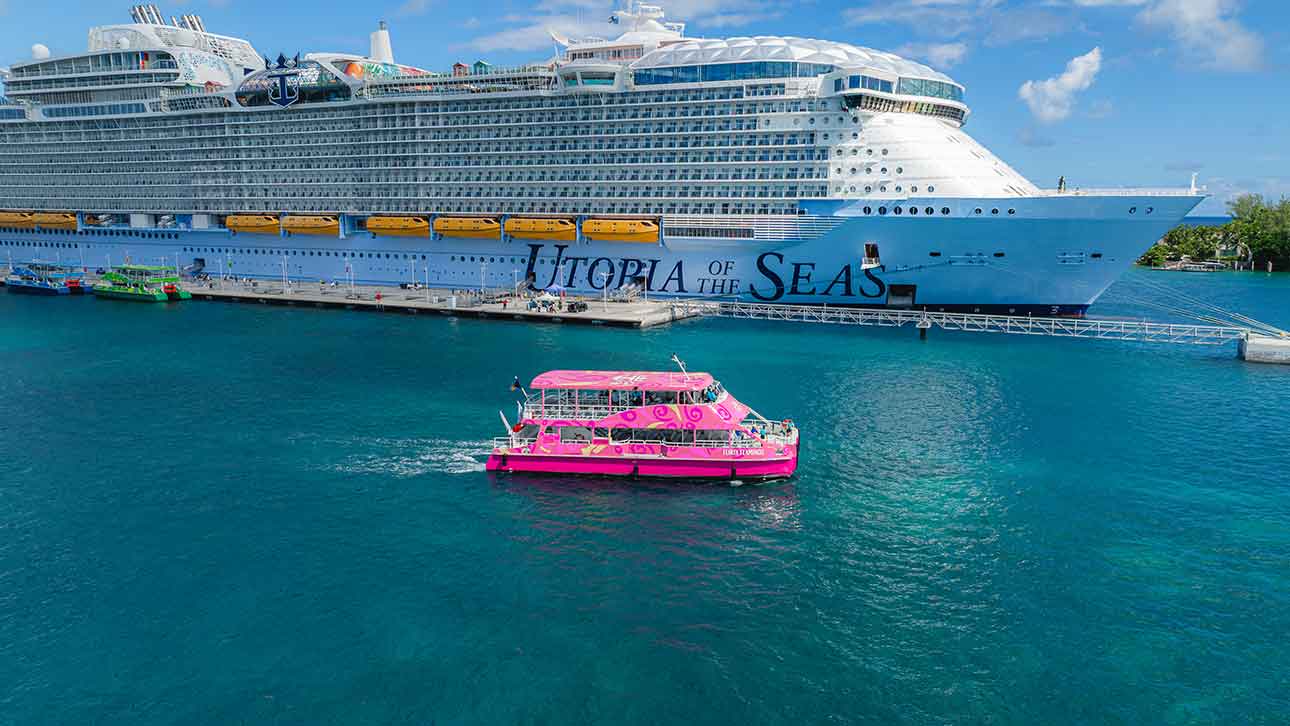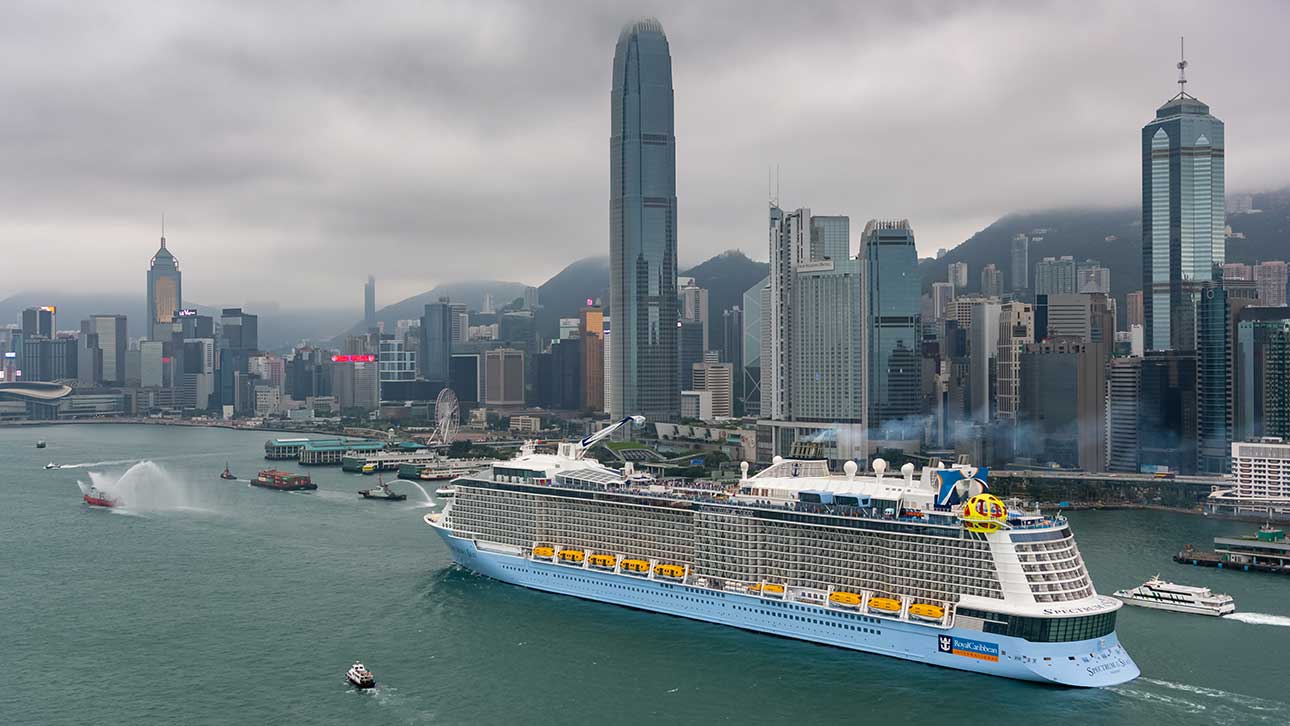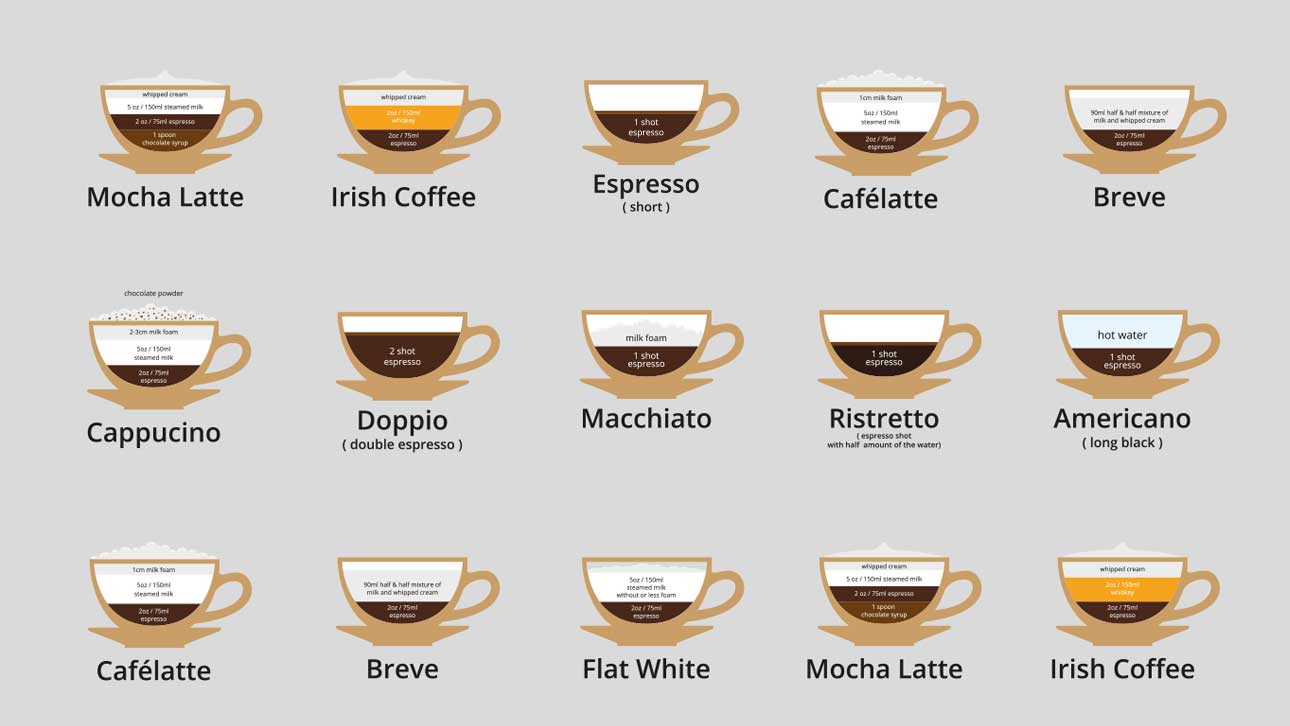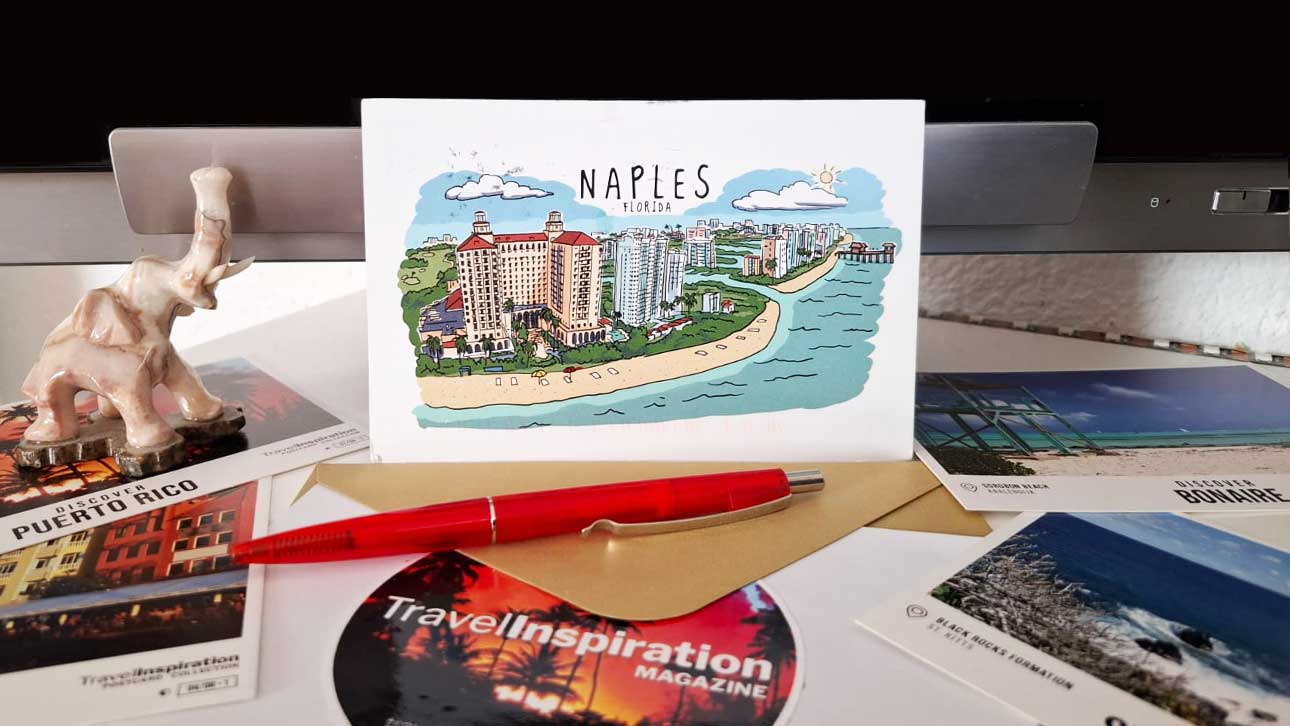
If you've ever tracked a transatlantic flight, you might have noticed that planes often follow a curved path rather than flying in a straight line. At first glance, this might seem inefficient, but there's a fascinating reason for this phenomenon: the Great Circle Route.
The Earth is a sphere (well, technically an oblate spheroid), and the shortest distance between two points on a sphere is not a straight line but a curve. This curved route is called a Great Circle, and it’s the most efficient way to minimize flight time and fuel consumption over long distances.
How Does It Save Time and Fuel?
Airplanes burn the most fuel during takeoff and at cruising altitude. Following a Great Circle route ensures that flights cover the shortest possible distance between two cities, reducing fuel costs and environmental impact.
For example, a flight from New York to London would look like a straight line on a flat map, but when plotted on a globe, the shortest path arcs northward over Newfoundland, Greenland, and Iceland. This curved path is significantly shorter than the "straight" line on a 2D map.
Factors Influencing Flight Paths
While the Great Circle route is the foundation of long-haul flight planning, other factors also influence the specific path taken:
- Jet Streams: High-altitude wind currents, such as the polar jet stream, can help planes travel faster and save fuel when flying eastward.
- Weather Conditions: Pilots and flight planners avoid severe weather systems, turbulence, or storms that could impact safety and comfort.
- Air Traffic Control: Heavily trafficked routes often require adjustments to avoid congestion and ensure efficient airspace management.
Is the Curve Visible to Passengers?
Passengers often wonder if they can see the curve during the flight. While the curvature of the Earth isn't immediately visible from commercial flight altitudes (around 35,000 feet), you may notice the plane heading slightly northward or southward depending on the route.
Flight trackers or in-flight maps on screens often highlight the curved path, helping passengers understand the logic behind the route.
Efficiency Above All
Transatlantic flights curve instead of going straight because it’s the most efficient way to navigate a spherical Earth. By following the Great Circle route, airlines save time, reduce fuel consumption, and offer passengers the fastest and safest journey possible.
So, the next time you look at your flight path and see a curve, remember—it’s all about science and efficiency!
Did you enjoy this article?
If you love discovering inspiring stories and unique places, download our free app "Travel Inspiration Magazine" from Google Play! No annoying ads. No distractions. Just pure reading pleasure.
📲 Install from Google Play![Български [BG] Български [BG]](/media/mod_languages/images/bg_bg.gif)
![English [EN] English [EN]](/media/mod_languages/images/en_gb.gif)

